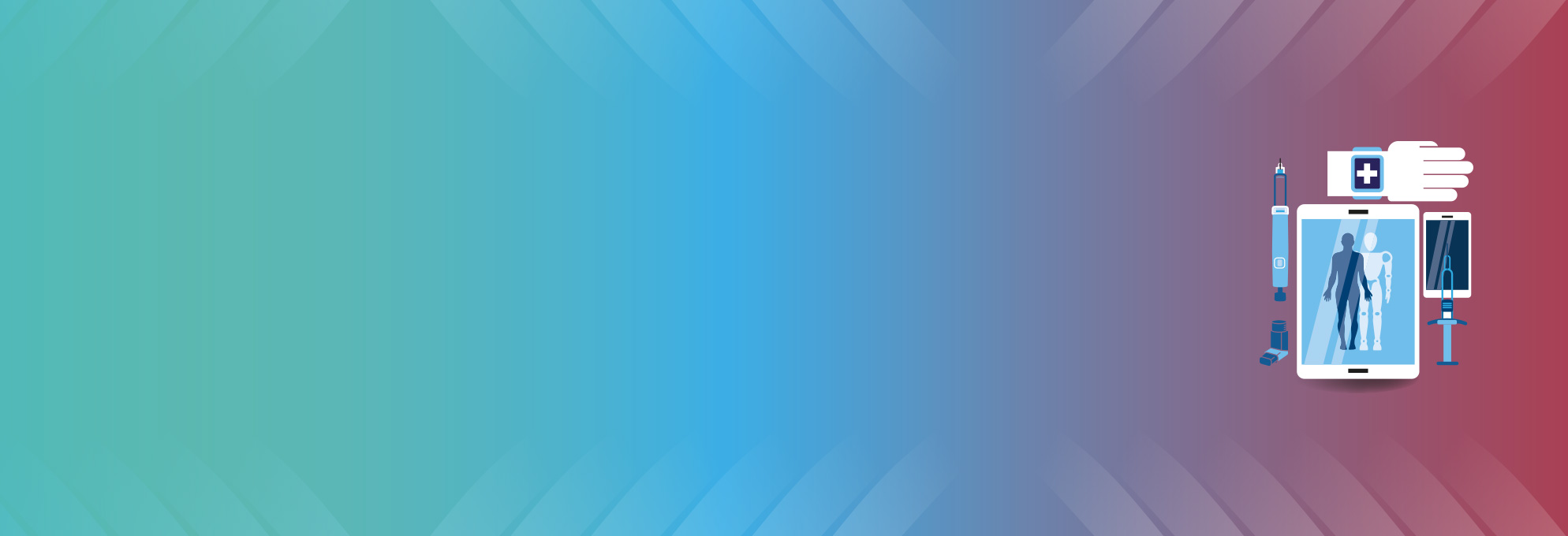
PDA Miniverse: Medical Devices, Combination Products and Connected Health Conference 2026
Threading the Needle of Drug Delivery
Networking Opportunities, Exhibit Area
Become a Sponsor and/or Exhibitor
Call for Posters
Closing on 03 April 2026
Registration Options
Individual Registration
Group Registration
Stay Informed on the Latest Event Updates!
Subscribe now to receive timely updates, important announcements, and exclusive insights right in your inbox. Don’t miss a moment!
Dear Colleague,
We warmly invite you to register for the PDA Miniverse: Medical Devices, Combination Products and Connected Health Conference 2026, which will take place on 21-22 May 2026 in Dublin, Ireland.
The agenda preview is out now! Check out the program and make sure to register.
Sincerely,
The Co-Chairs
Location and Travel
Venue Details and Accommodations
PLEASE READ PDA is not affiliated or contracted with any outside hotel contracting company. If someone other than PDA or the PDA chosen hotel contacts you suggesting that they represent any PDA event, they do not. It is PDA's recommendation that you book your hotel directly through the official PDA chosen hotel that is listed on our web site.
Croke Park Conference Center
Jones Road, DrumcondraDublin, Ireland D03 E5Y8 Ireland
Reservation Instructions
The Croke Park Hotel - The Doyle Collection
Jones' Road
Dublin 3
D03 E5Y8, Ireland
PDA recommends the reservation at the following hotel
The Croke Park Hotel - The Doyle Collection
Jones' Road
Dublin 3
D03 E5Y8, Ireland
PDA Europe has reserved a limited number of rooms until 06 April 2026.
Book your room at the PDA Group Rate via e-mail [email protected] or call the hotel under: +353 18714550 using the Keyword: PDAE180526
Area Attractions
Did you know? A mummified cat and rat, famously frozen mid-chase, are on display in the crypt of Christ Church Cathedral, Dublin. Trapped inside an organ pipe since Victorian times, they remain one of the cathedral's most iconic curiosities
Registration
Pricing Options
Standard Registration
Member Price
€2,500GovernmentMember Only
€1,250
Health AuthorityMember Only
€1,250
Early Career ProfessionalMember Only
€1,250
Non-Member
€2,800
ALL PRICES IN EURO (EUR), EXCLUDING VAT.
WAYS TO REGISTER: 1. Online Registration 2. [email protected]
PDA MEMBERS: Please remember to log in before registering If you come from a Governmental or Health Authority Institution or from an Academic Organization, please contact [email protected] before registering.
If you need to apply for a visa to enter the event country, PDA Europe must be informed of this fact at least 4 weeks before the start of the event.
Sponsor information will be available soon
We're currently finalizing our list of sponsors and will share the details shortly.
Become a Sponsor and/or Exhibitor
Amplify Your Presence and Reach Your Customers!
Become a Sponsor
Elevate your brand and maximize your exposure by becoming a sponsor at the PDA Miniverse: Medical Devices, Combination Products and Connected Health Conference 2026! Connect with industry leaders, showcase your products and services, and establish your company as a key player in the field.
Request InformationBecome an Exhibitor
Boost your brand and visibility by becoming an exhibitor at the PDA Miniverse: Medical Devices, Combination Products and Connected Health Conference 2026! Connect with industry influencers, showcase your products and services, and position your company as a key player in the field.
Request InformationPromotions and Press
Request Press Pass
Submit Your InformationHave a question or need assistance?
Send us a message, and our team will get back to you shortly. We're here to help!


